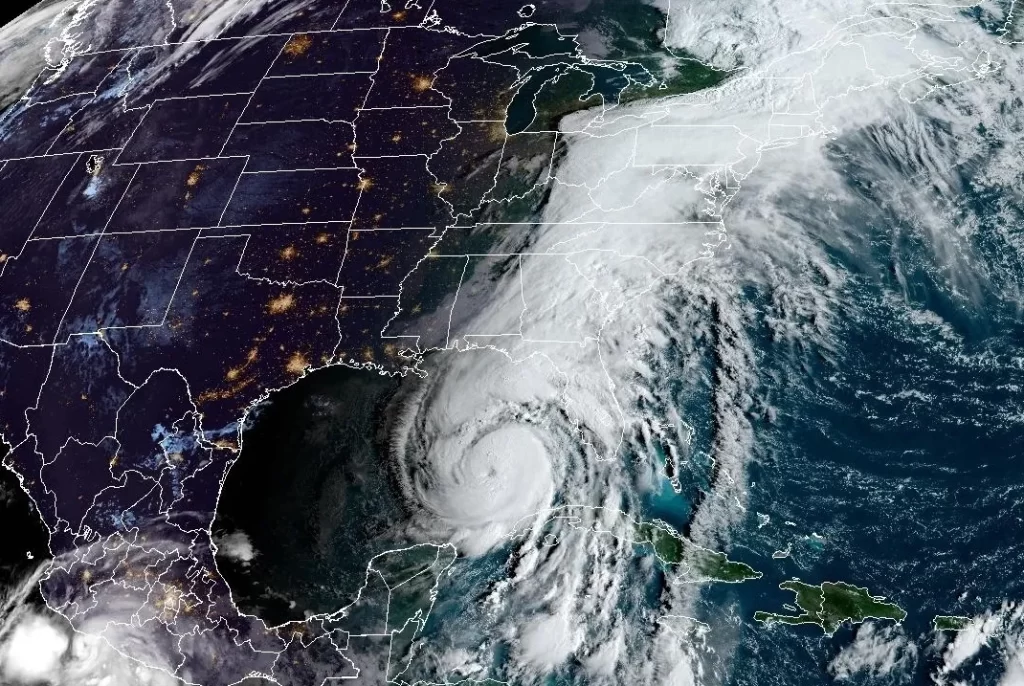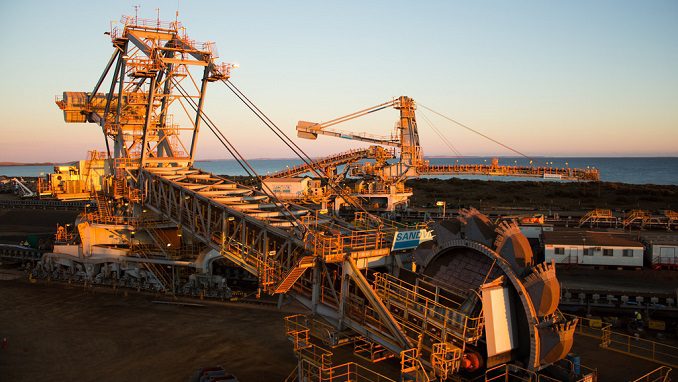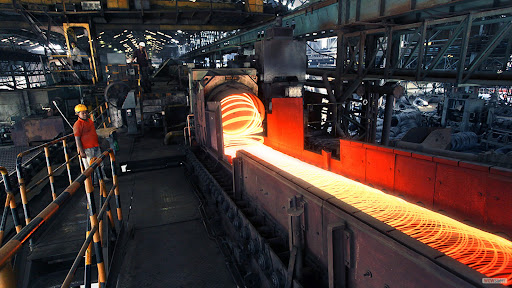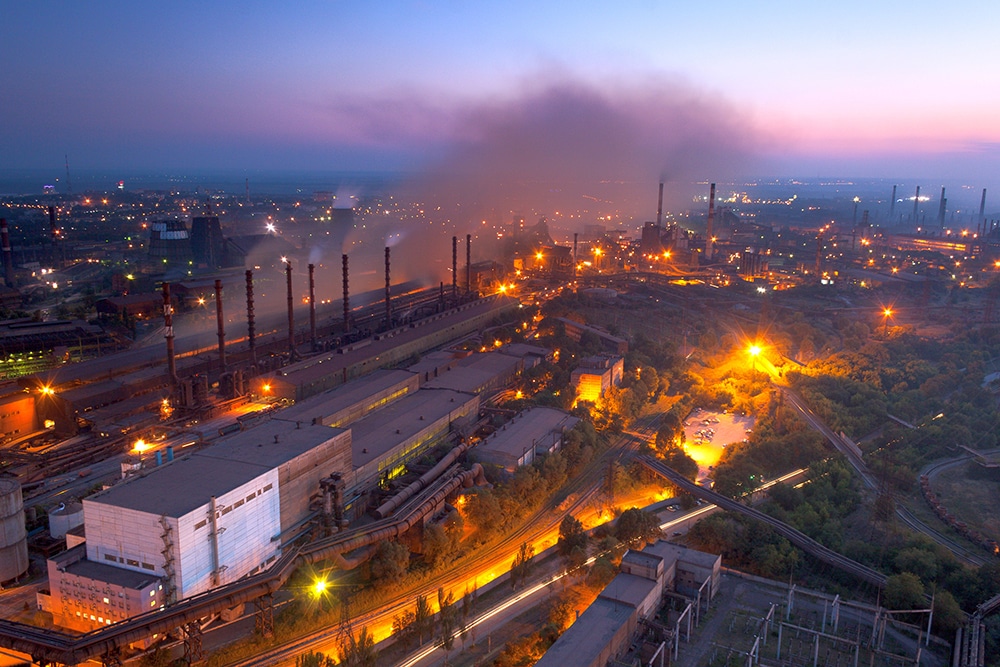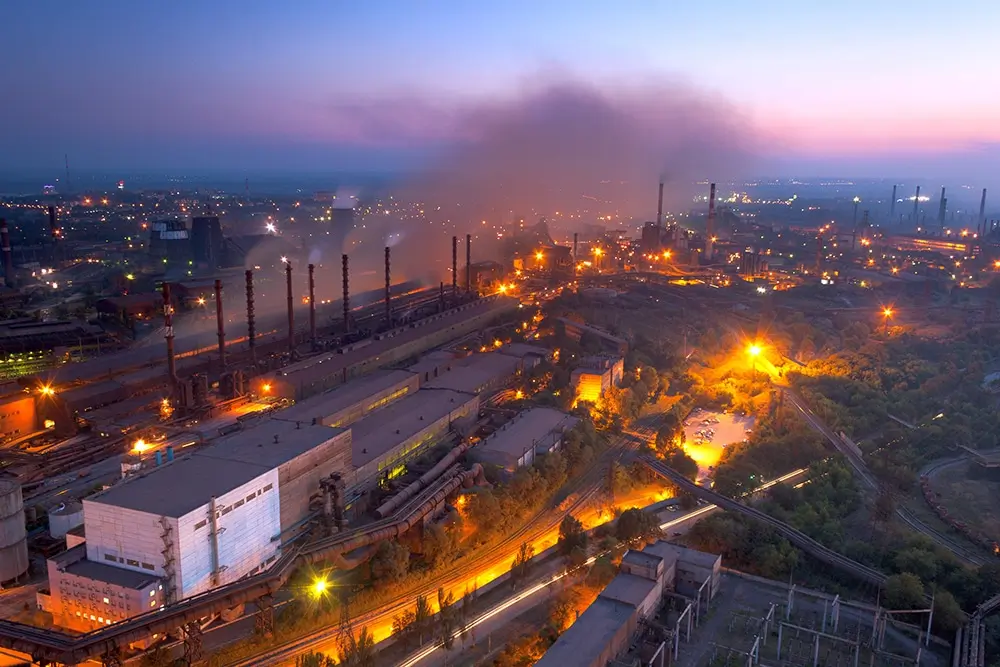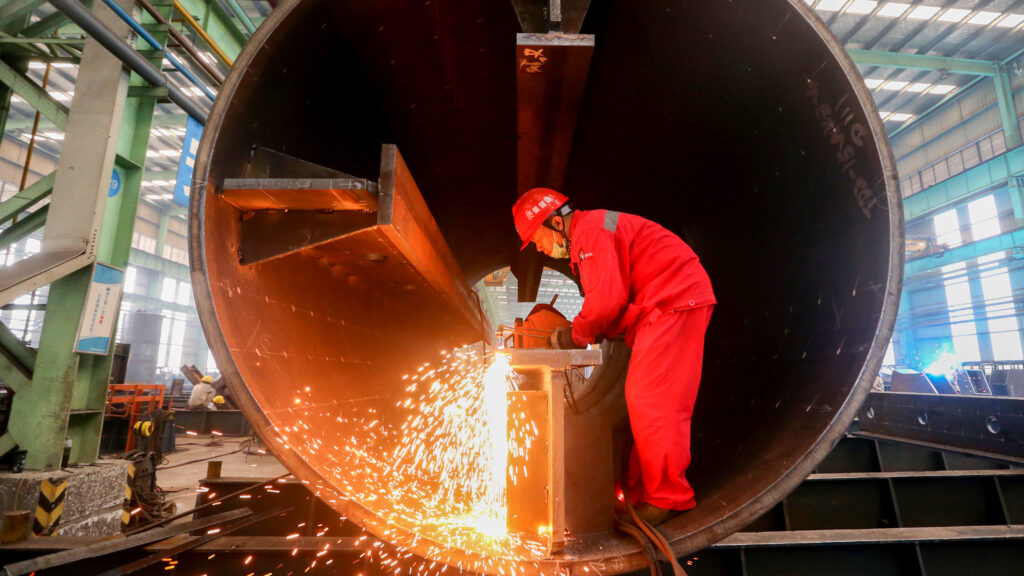The U.S. steel industry is grappling with the effects of Hurricane Helene, which hit the southern states from Florida to Tennessee late last week. The devastating Category 4 storm brought extreme winds and flooding, severely disrupting the region’s infrastructure and leading to potential shifts in the steel market.
The immediate aftermath of the storm has resulted in disruptions to steel supply chains, especially with scrap metal flows hampered due to flooding and logistical challenges. At least two steel mills were temporarily shut down due to electrical disturbances caused by the hurricane, further constraining supply.
Despite these setbacks, the demand for steel is expected to rise sharply in the coming months as the rebuilding process begins. New buildings, vehicles, utility trucks, and heavy equipment will be in high demand as communities and businesses recover. This increased demand could push steel prices higher in the short-to-medium term. Historical data from previous storms, such as 2017’s Hurricane Harvey, shows that steel prices tend to spike following large-scale natural disasters due to increased reconstruction activity.
While the full economic toll of Hurricane Helene is not yet known, it is anticipated to rank among the costliest hurricanes in U.S. history, with damage stretching across 10 states. The rebuilding efforts will place further pressure on steel supply, potentially leading to price hikes as the industry strives to meet soaring demand. Industry sources suggest that the current situation may provide steel mills with the momentum needed to tighten supply and drive prices upward in the coming months.

